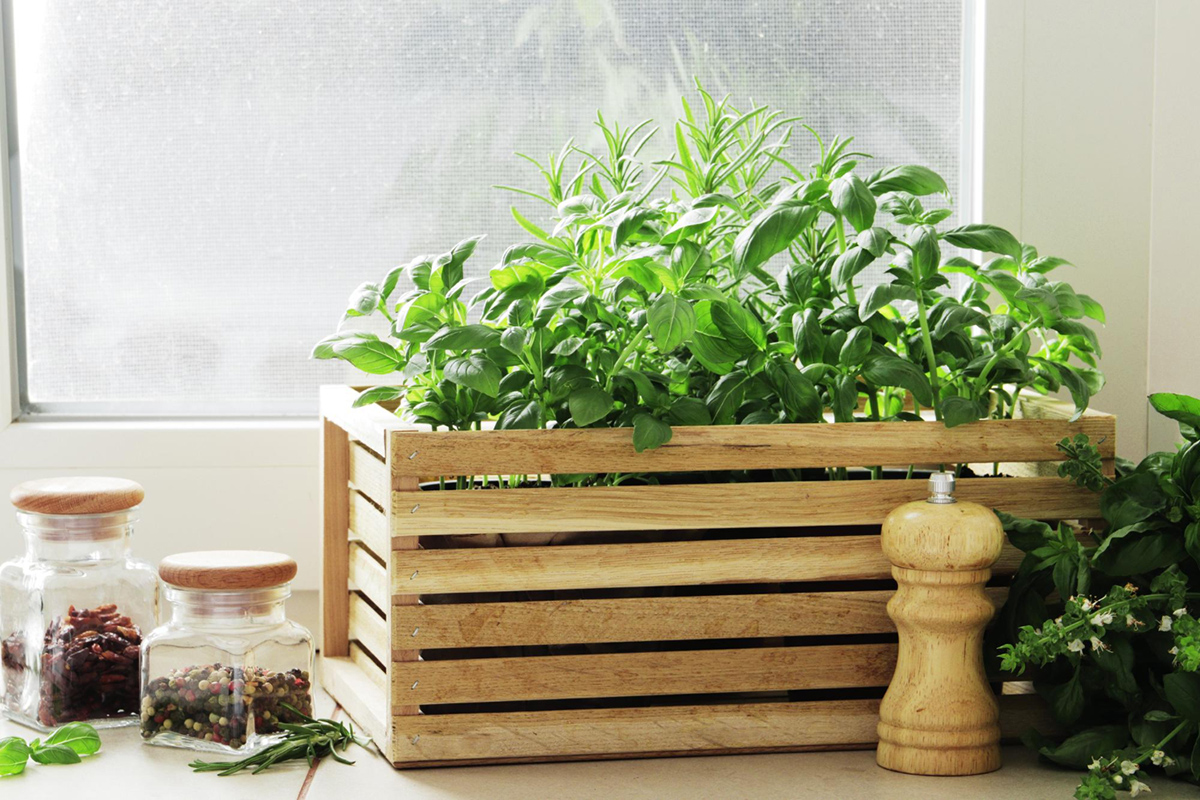
Fresh herbs and spices bring unique flavors and aromas to your dishes. However, buying fresh herbs every time you need them can be expensive and inconvenient. Growing an indoor spice garden is an excellent way to guarantee a steady supply of fresh and flavorful herbs, all year round. Indoor gardening may seem intimidating, but with these simple steps, you can easily grow your own indoor spice garden and elevate your cooking game.
Before starting your indoor spice garden, you must make sure you have the right equipment. Firstly, select a location that gets plenty of natural light. Most herbs require at least 6 hours of sunlight a day. In case you don't have enough natural light, you can use grow lights to supplement the light. Secondly, choose the right container for your herbs. You can use terracotta pots or ceramic containers with drainage holes, or even repurpose items such as old teacups or jars. Lastly, make sure to use well-draining potting soil to avoid overwatering and root rot.
The second step to growing an indoor spice garden is to choose the herbs that you would like to grow. When selecting herbs, go for those that you frequently use in the kitchen or those that have medical benefits and can be used for remedies. Some popular herbs to grow indoors include basil, mint, rosemary, thyme, chives, and parsley. Make sure to research the specific needs of the herbs you choose and group those that have similar requirements for light, water, and temperature.
Watering and fertilizing your herbs are essential steps in maintaining a thriving indoor spice garden. Most herbs require consistent moisture, so make sure to water your plants when the top inch of soil is dry. Overwatering can lead to root rot, while underwatering can cause the plant to wilt and die. You can also use natural fertilizers such as fish emulsion or compost to promote healthy growth and flavor.
Indoor plants are not immune to pests and diseases. So, it's important to monitor your herbs regularly and address any problems as soon as you notice them. Common indoor pests such as spider mites or whiteflies can be removed by wiping the leaves with a damp cloth. For fungal diseases such as powdery mildew, removing affected leaves and improving air circulation can prevent further growth of the fungus.
Once your herbs are fully grown, it's time to harvest and use them. Harvesting your herbs regularly will promote new growth and bushiness. Herbs are best harvested in the morning before the heat of the day, as this is when their oils are most concentrated. You can use your herbs fresh or dry them for future use. Dried herbs are great for making teas, seasoning blends, and rubs, while fresh herbs can be used to add flavor to salads, soups, and sauces.
Growing an indoor spice garden is not only fun and rewarding but also a great way to ensure a steady supply of fresh and flavorful herbs. With these easy steps, you can grow your herbs no matter where you live, and enhance the flavors in your kitchen. The Mayfair Apartments offer spacious and affordable apartments for rent in Gainesville, FL, with ample natural light to support your indoor gardening efforts. Contact us today to schedule a personal tour and start your indoor gardening journey.